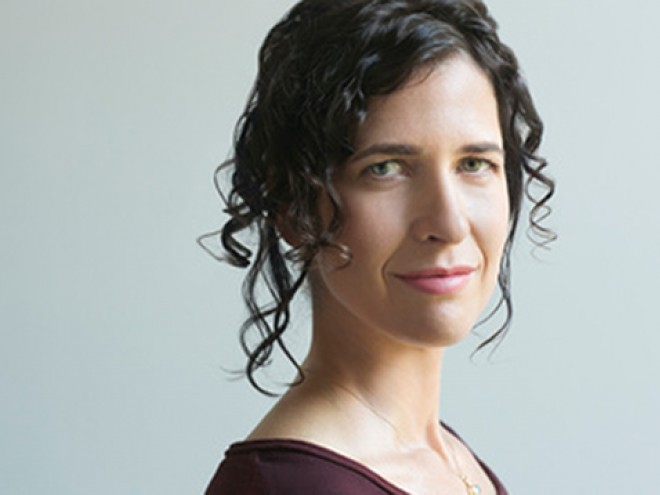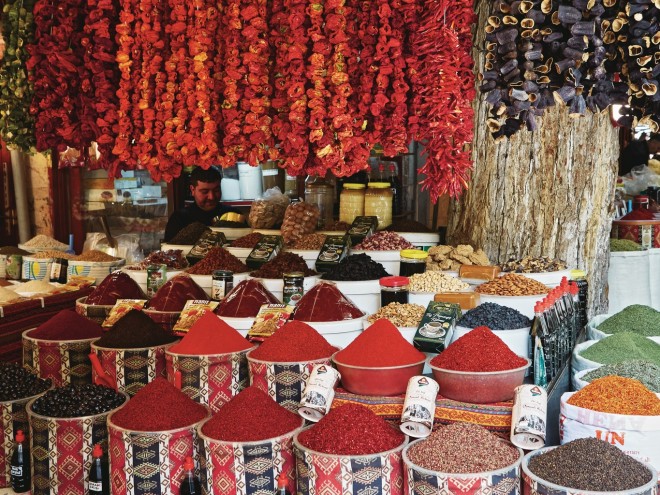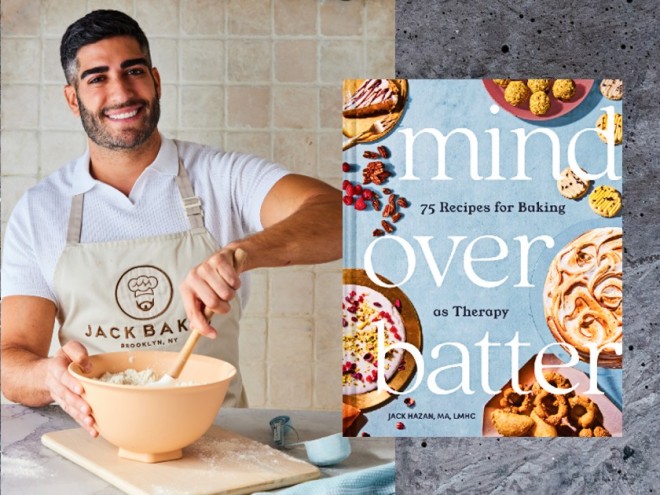Posted by Sophie Siegel
Shavuot is a celebration of when the Jewish people received the Torah on Mount Sinai. In the Jewish tradition, Shavuot is celebrated by indulging in meals cooked with dairy products. In some cultures, people observe the holiday by staying up all night to learn the Torah, and some communities take advantage of the spring weather by organizing large picnics.
The origins of these traditions are often disputed. One explanation is that we eat dairy to commemorate the giving of the Torah, which King Solomon compares to milk: “Like honey and milk, it lies under your tongue” (Song of Songs 4:11). Another explanation is that since the Torah was given on Shabbat, no cattle could be slaughtered or dish made kosher, so they chose to eat dairy. Regardless of the origin, the use of dairy products makes for many inventive and delicious meals. 
The Holiday Kosher Baker provides great recipes for delicious holiday dishes. The author, Paula Shoyer, includes recipes made specifically for the Jewish holidays: Rosh Hashanah and Yom Kippur, Sukkot, Chanukah, Purim, Passover, and Shavuot. For Shavuot, Shoyer abides by the traditional customs of the holiday, providing rich-in-dairy recipes that do not have dairy-free alternatives. Shoyer’s background in the art of French pastries led her to convert her favorite dairy desserts into “parve versions.” Some of her most delightful dairy desserts include her family’s noodle kugel recipe, caramelized cakes called cannelés, caramelized mocha and vanilla bean napoleons, chocolate mille-crêpes cake, white chocolate mousse cake, and brioche challah.
 The recipes in Ina Pinkney’s autobiographical cookbook Ina’s Kitchen: Taste Memories and Recipes from the Breakfast Queen are easy to make and aesthetically pleasing. Some of her recipes are prepared with dairy products, perfect for Shavuot, including a pasta frittata layered with many types of cheeses. In The New Persian Kitchen, a compilation of Louisa Shafia’s reimagined Persian recipes, Shafia includes a recipe for Greek-style yogurt, which can be paired with vegetables, fruit, and pita or can accompany any entrée. For dessert, readers have the choice between her dairy-filled recipes for mulberry yogurt cake and saffron frozen yogurt and cardamom pizzelle sandwiches.
The recipes in Ina Pinkney’s autobiographical cookbook Ina’s Kitchen: Taste Memories and Recipes from the Breakfast Queen are easy to make and aesthetically pleasing. Some of her recipes are prepared with dairy products, perfect for Shavuot, including a pasta frittata layered with many types of cheeses. In The New Persian Kitchen, a compilation of Louisa Shafia’s reimagined Persian recipes, Shafia includes a recipe for Greek-style yogurt, which can be paired with vegetables, fruit, and pita or can accompany any entrée. For dessert, readers have the choice between her dairy-filled recipes for mulberry yogurt cake and saffron frozen yogurt and cardamom pizzelle sandwiches.
In The Seasonal Jewish Kitchen, Amelia Saltsman brings a fresh approach to traditional Jewish cooking. For Shavuot, she shares many dairy based recipes. Especially enticing is her pashtida, Israeli noodle or egg casserole: Saltsman’s recipe calls for baked pasta, spinach, ricotta, and brown butter. Another appetizing meal for Shavuot from Saltsman’s trove is a cheese and honey filo pie, which integrates three different kinds of cheese and is served with warm honey atop to create a perfect blend of sweet and savory.
Dairy-based desserts are a rich indulgence during Shavuot, as they are rarely consumed in kosher households following a traditional meat meal for most other holidays and occasions. Milk and honey are transformed into culinary delicacies in Zahav: A World of  Israeli Cooking, written by Michael Solomonov and Steven Cook. Their recipe for chocolate babka is mouth-watering, filled to the brim with chocolate. Their recipe for honey cake with apple confit is traditional, but can be paired with both sweet and savory foods like coffee or goat cheese.
Israeli Cooking, written by Michael Solomonov and Steven Cook. Their recipe for chocolate babka is mouth-watering, filled to the brim with chocolate. Their recipe for honey cake with apple confit is traditional, but can be paired with both sweet and savory foods like coffee or goat cheese.
Although Shavuot is a big holiday for dairy and wheat-based dishes, there are some really great alternatives to suit different dietary needs. In The New Yiddish Kitchen: Gluten-Free and Paleo Kosher Recipes for the Holidays and Every Day, Simone Miller and Jennifer Robins share their gluten-free and kosher recipes for the holidays. Sprinkled into the mix are original substitutions to condiments and sauces, including recipes for dairy-free sour cream and dairy-free butter.
These cookbooks provide you with the necessary foundations for creating the perfect Shavuot meal: dairy from start to finish!
Sophie Siegel is a student at Emory University and a current intern for the Jewish Book Council.
Related Content:




